 San Antonio's Riverwalk is transformed into a glittering, magical fairyland in December. Thousands of twinkling lights transform the huge trees along the river into cascades of colorful light.
San Antonio's Riverwalk is transformed into a glittering, magical fairyland in December. Thousands of twinkling lights transform the huge trees along the river into cascades of colorful light. In a recent class we talked about abstraction as an artistic device. Using examples including impressionist painters and also Pablo Picasso, we considered the goal of abstraction - which is to challenge a viewer's experience of visual reality. Abstract images might be recognizable - like pointillist paintings made from thousands of tiny dots of paint - or so abstract no one but the artist knows what the original image or inspiration was. Sometimes abstracting an image adds a layer of emotional content that wouldn't be there otherwise. It's all about the experience the viewer brings to looking at the picture.
This timed exposure of the holiday lights sets a mood that wouldn't be the same if the lights were crisply focussed. When you look at this photograph, your personal projection onto the picture will have a lot to do with the story the picture tells!
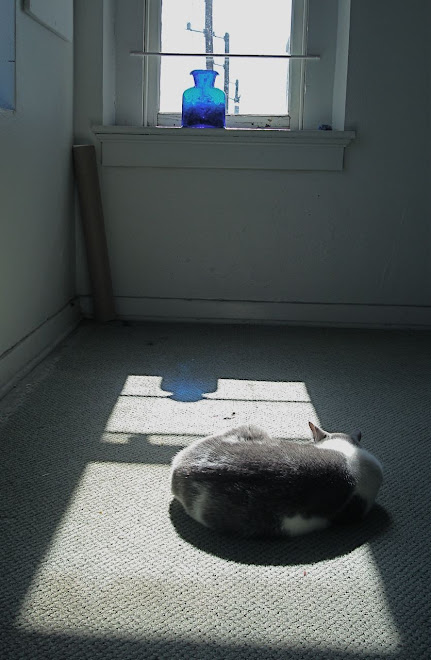
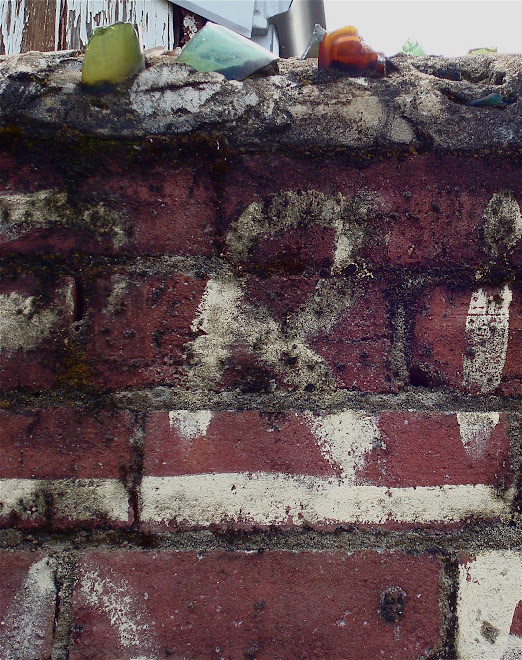
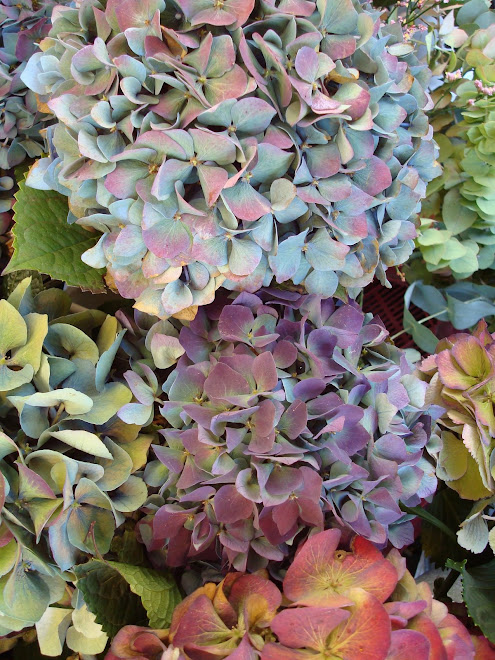
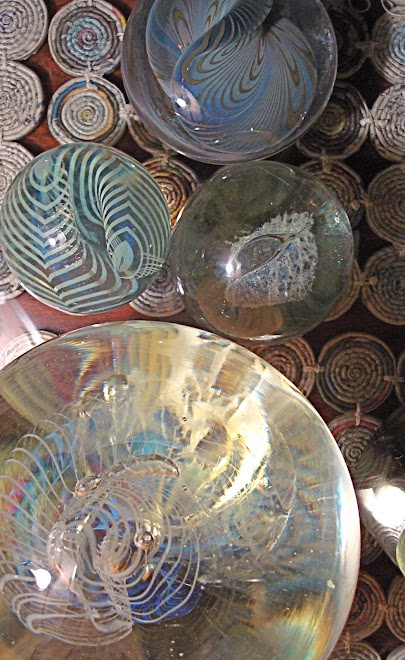
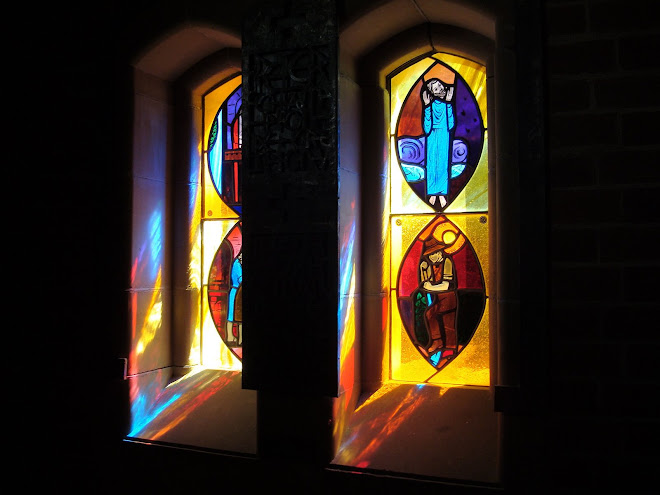







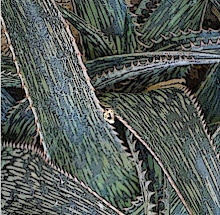
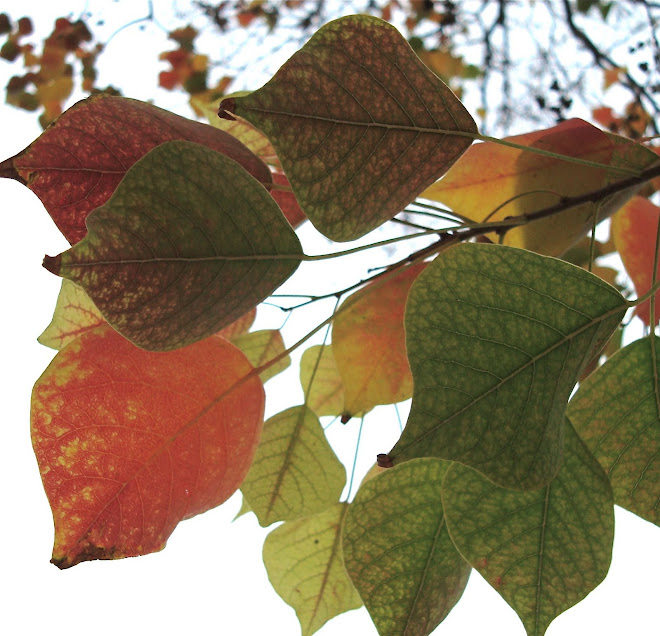
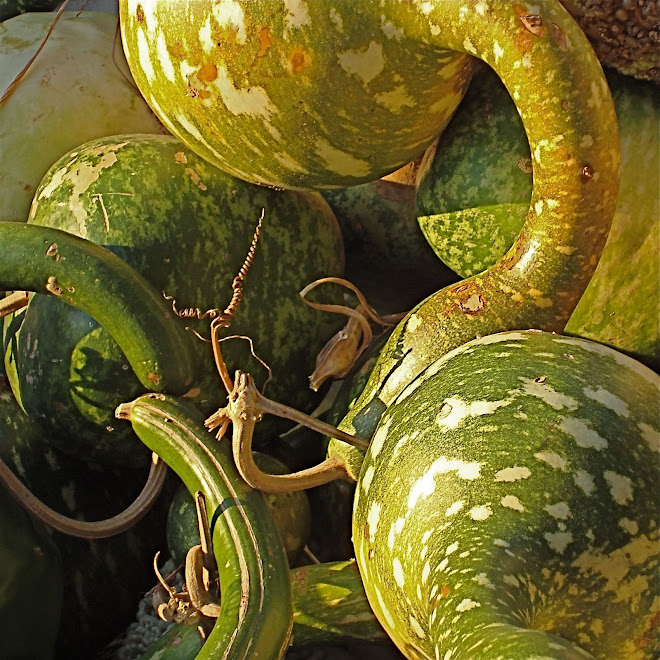
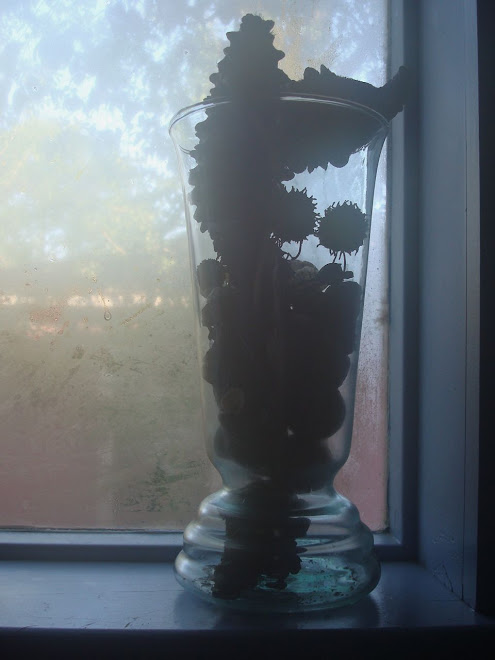
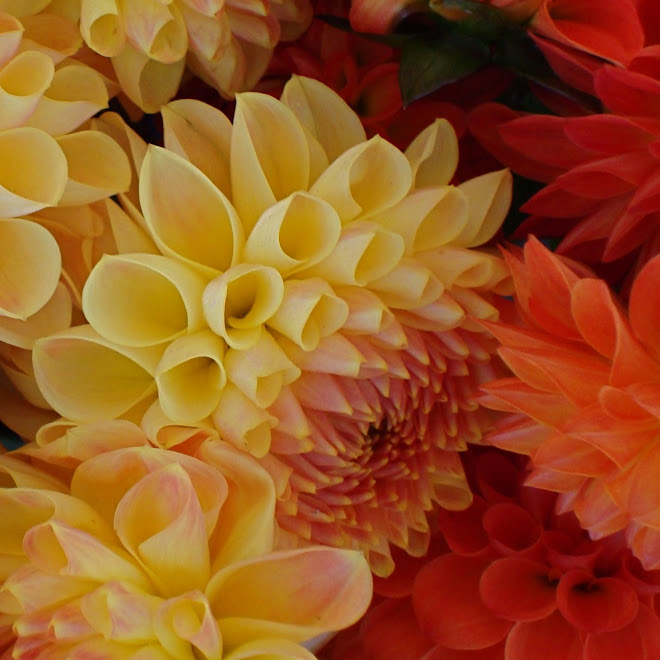
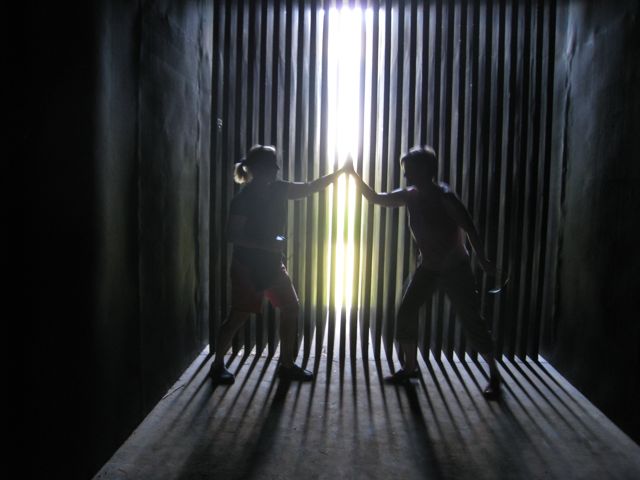
1 comment:
Jane, I really appreciate the points you make about art as you look at your photos~the discussion of abstraction in this post being an excellent example. I was telling a friend (or twenty) about this blog, and mentioned that you are an excellent teacher, because you take every opportunity to share knowledge. And, of course, the photos are visually stunning.
By the way, you admit in December 19 and 20 that red/green is your least favorite complementary color combination. I love the way that combination plays out in this photo!
Post a Comment